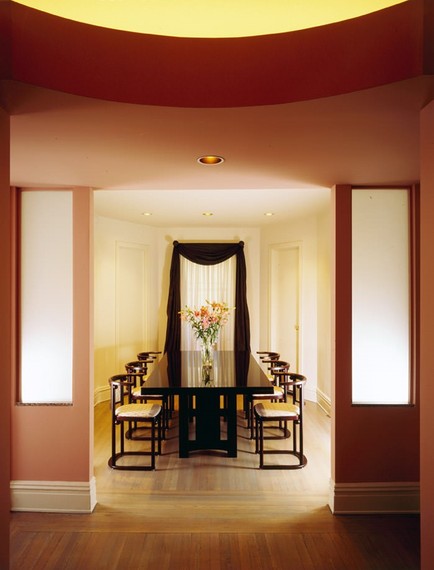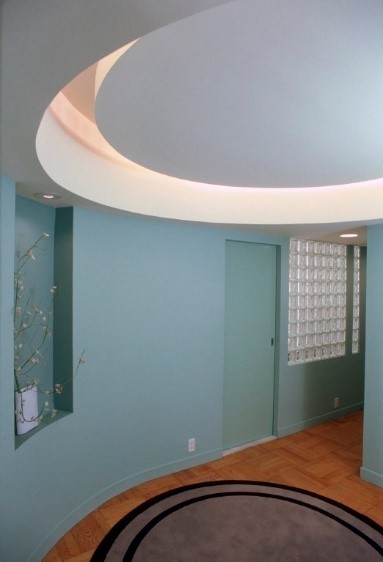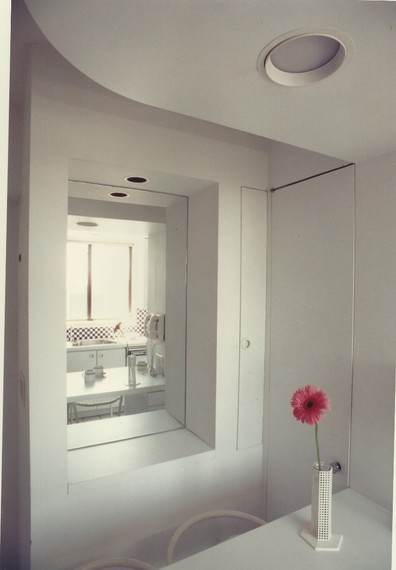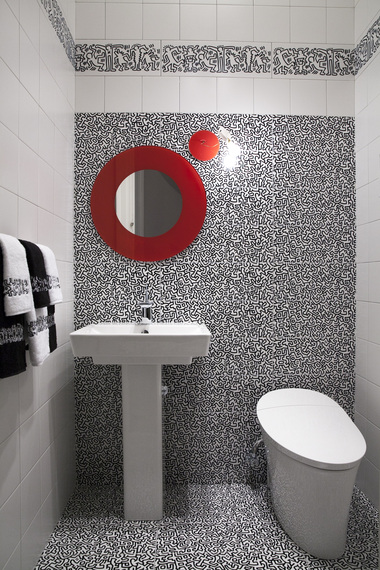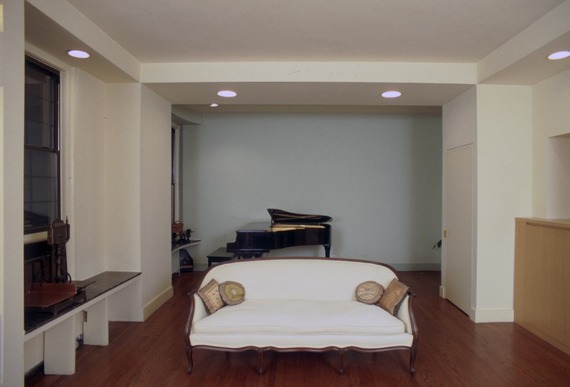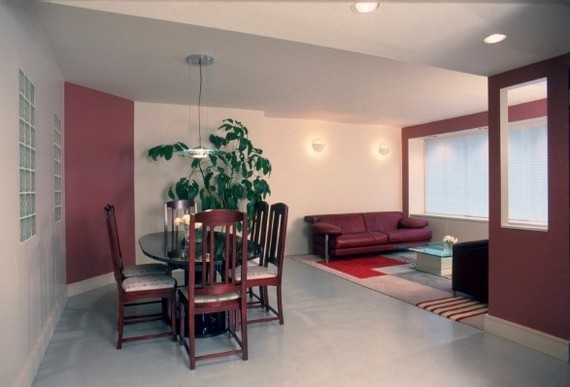A new paint job is one of the best ways to get the most bang for your buck: It can be fast, easy, inexpensive, and achieve big results! Below are a few tips on how to use paint color to redefine and reinvigorate your space--and some essential factors to know about color.
UNDERSTAND COLOR BEFORE YOU PAINT
Dark colors (black and colors with hints of black) tend to absorb light and are less reflective, resulting in a space that looks darker. Warm colors (orange, red, yellow and colors with hints of these hues) tend to make you think of sunlight and heat. When used on walls, darker and warmer colors make the surface look as though it is advancing (or coming toward you)! The result is a space that feels cozier and more intimate.
Lighter colors (white and colors with hints of white) tend to reflect light, resulting in a space that looks brighter. Cooler colors (blue, green, and light purple, and colors with hints of these hues) tend to make you think of sky and water. When used on walls, lighter and cooler colors make the surface look as though it is receding (or moving away from you)! The result is a space that feels bigger and calmer.
The best way to determine the degree to which a color absorbs or reflects light is to refer to its Light Reflectance Value (LRV), which is usually indicated on the manufacturer's packaging (paint can or paint chip). The LRV is a measurement that uses a 0 to 100 percent scale, with 0 percent representing absolute black and 100 percent reflecting absolute white.
IF YOU ARE USING ONE PAINT COLOR, GO WITH A PURE AND HIGHLY REFLECTIVE WHITE
White is a simple but powerful color--it can make a small space appear brighter, lighter, sharper, and more spacious and airy. Lighter colors in general have this impact, but it's particularly true for pure, non-tinted and highly reflective whites.
Typical default paint jobs use a non-pure grayish white on the ceiling and a lighter/brighter white on the walls. However, using two different white shades like this disrupts continuity! Painting your ceiling and your walls the same pure white will open up your space.
ADD POPS OF COLOR TO UNUSUAL PLACES
Use a splash of your favorite color in unexpected places. It works best when you have a setting of neutral walls and furniture in shades of white, beige, gray, etc. A pop of color creates an intriguing focal point and personalizes your space!
Suggested color pop locations:
•Kitchen Backsplash
•Headboard in bedroom
•Living room trim
•Bathroom tiles
HOW TO USE MULTIPLE PAINT COLORS FOR WALLS
Too many colors used throughout a space can come across as chaotic and distracting. However, you can make two colors work by using one primary dominant color (typically the white or lighter color) and one different color (the contrast color). Use the dominant color more liberally and the contrast color sparingly.
A bolder option is to paint one wall and the ceiling the same contrast color. It will make the room appear larger because the contrast color wall will flow into the ceiling, visually combining the two spaces.
SELECT THE RIGHT PAINT
Paint allows you to control and influence the mood and style of your space. But before setting out to the nearest paint store to clear the shelves, you should know the kind of atmosphere you want your apartment to reflect--and understand that the ambience will be affected by the colors that you choose.
Colors change based on all kinds of factors: room size and shape; what direction your spaces faces (north, south, east or west); even time of day. In order to properly evaluate a color, request a large sample or small pint of color, take it home and apply it to your wall and observe how its appearance changes over several days.
For more interior design insight and information, check out Gailgreeninteriors.com.

